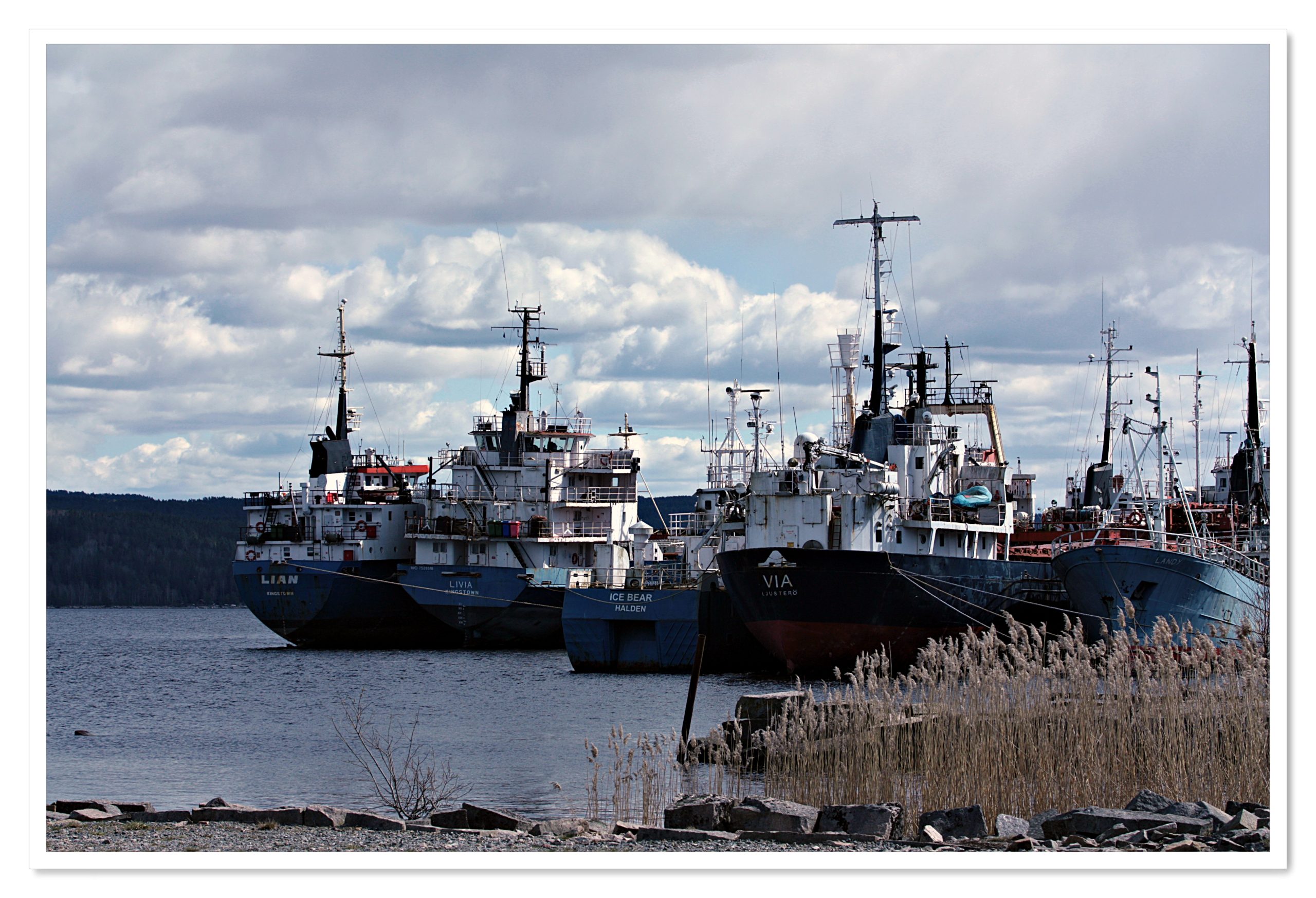Cruise ships are often seen as a symbol of luxury and indulgence, however, there is a lesser known side to the industry. Are there cruise ship graveyards?
Yes, there certainly are. These maritime graveyards are often sad reminders of the fleeting nature of our lives, as well as the fickleness of the cruise industry.
Cruise ships are generally built to last for decades, and many newer ships have even been built to last for up to 50 years before needing to be replaced. However, due to advances in technology and safety regulations, some ships may become obsolete after just a few years in service. As such, cruise lines often find themselves in need of disposing of their vessels before their intended lifespan has elapsed.
Cruise ship graveyards can be found in various places around the world. The most popular graveyard is located near Alang, India – one of the largest shipbreaking yards on Earth.
It is estimated that around 80 percent of all decommissioned cruise ships end up here for dismantling and recycling into steel and other resources. Other graveyards can be found in Turkey and China as well as other locations throughout Europe and South America.
Despite the grim reality behind these graveyards, they provide an important service for the industry by providing materials that can be recycled into new vessels or other items such as furniture or appliances. In addition to this benefit, there is also an ecological benefit from these yards as they reduce pressure from landfills by recycling materials that would otherwise have been thrown away.
The process for disposing of a cruise ship at one of these yards is surprisingly efficient. The process usually takes around six months from when a vessel arrives at the yard until it is completely dismantled and recycled into new products. During this time workers carefully remove all hazardous materials such as lead-based paint or asbestos before beginning the dismantling process which involves cutting up all parts of the vessel into manageable pieces for recycling or reuse on other vessels or products.
The ultimate fate of any vessel is determined by its owners who must decide whether they want it dismantled or sold off to another owner who may use it again in some capacity or simply keep it preserved as an artifact or museum piece. Unfortunately though, not all ships get such dignified endings with many simply ending up being broken down into scrap metal and melted down into new products without ever having had a chance to sail again.
Conclusion: Cruise ship graveyards are a sad but necessary part of the cruise industry’s lifecycle – providing valuable materials that can be recycled and reused while also helping reduce pressure on landfills from waste disposal.

